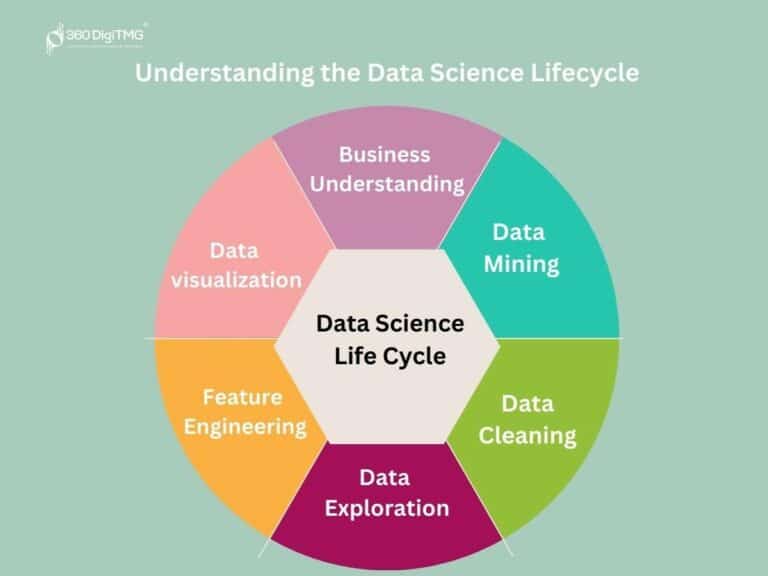This article will explore the numerous advantages of aerial drone bridge inspections, explicitly focusing on using drones and other aerial platforms in bridge maintenance and safety. Technology has brought significant advancements to various industries in the modern era, and infrastructure inspection is no exception. Drone bridge inspections have emerged as a transformative approach, revolutionizing how people assess and maintain bridges.
Enhanced Safety and Reduced Risk:
Aerial bridge inspections offer a significant advantage in terms of safety for both inspectors and the public. Traditional bridge inspections often involve risky activities, such as manual under-bridge walks or using scaffolding at great heights. These methods can pose serious hazards to the well-being of the inspection team. With aerial inspections, drones equipped with high-definition cameras can navigate the bridge’s structure safely, eliminating the need for inspectors to expose themselves to potential dangers. This non-intrusive approach reduces the risk of accidents and injuries during the inspection process, ensuring the safety of personnel and the general public.
Comprehensive Data Collection:
Aerial bridge inspections provide a more comprehensive view of the bridge’s condition than traditional inspection methods. These drones equipped with high-resolution cameras can capture detailed images and videos from various angles, giving inspectors a thorough assessment of the entire bridge structure. This comprehensive data collection allows for a more accurate evaluation of the bridge’s health, identifying potential issues that might be missed in visual inspections alone. Engineers can make well-informed decisions regarding maintenance and repair strategies by obtaining a holistic view of the bridge’s condition.
Time and Cost Efficiency:
Aerial bridge inspections offer significant time and cost savings compared to traditional methods. Drones can quickly fly over and around the bridge, covering a larger area in less time. This expedites the inspection process and reduces the duration of bridge closures, minimizing disruptions to traffic flow and public activities. Additionally, using drones eliminates the need for specialized equipment like snooper trucks or scaffolding, which can be costly to operate and maintain. The cost-effectiveness of aerial inspections allows agencies to allocate resources more efficiently, optimizing their budget for other essential tasks.
Accessibility to Challenging Locations:
Due to their complex designs or remote locations, certain bridges present challenging inspection scenarios. Traditional methods may struggle to access these hard-to-reach areas, hindering a thorough inspection. Aerial bridge inspections overcome this limitation by providing easy access to challenging locations. Drones equipped with advanced maneuverability can navigate through tight spaces and fly underneath bridges, reaching areas otherwise inaccessible or risky for inspectors. This newfound accessibility ensures that all bridge parts can be thoroughly inspected, leaving no critical components overlooked.
Real-Time Monitoring and Assessment:
Aerial bridge inspections enable real-time monitoring and assessment of the bridge’s condition. As drones capture live footage and images, inspectors can view the data in real time. This immediate feedback allows inspectors to identify potential issues as they arise and make on-the-spot decisions regarding the next course of action. Real-time assessment is particularly beneficial for bridges with ongoing construction projects or those susceptible to environmental factors. By promptly addressing emerging concerns, engineers can mitigate risks and ensure the structural integrity and safety of the bridge.
Non-Intrusive Inspection:
Traditional bridge inspections can sometimes cause disruptions and inconvenience to the public due to the need for lane closures or road shutdowns. Aerial bridge inspections, however, are non-intrusive and have minimal impact on traffic flow and daily activities. Drones can conduct inspections without interfering with bridge usage, allowing the structure to remain open to the public. This non-disruptive approach enhances overall efficiency, reducing traffic congestion and improving public satisfaction with the inspection process.
High-Quality Data and Analysis:
Aerial bridge inspections provide high-quality data that goes beyond visual observations. Advanced drone technologies, such as LiDAR (Light Detection and Ranging), can create detailed 3D models of the bridge’s structure. Through data-rich analyses, it is possible to obtain precise measurements of the bridge’s components. This helps to identify potential structural weaknesses and anomalies that may not be apparent to the naked eye.The accurate data and in-depth analysis empower engineers to make informed decisions regarding maintenance strategies, ensuring timely repairs and enhancing the bridge’s longevity.
Early Detection of Issues:
Early detection of issues is crucial for effective bridge maintenance and safety. Aerial bridge inspections allow engineers to identify defects, deterioration, or structural problems early before they escalate into major safety hazards or require costly repairs. Drones can capture close-up images of critical components, helping inspectors detect signs of wear, corrosion, or damage that may go unnoticed during visual inspections from a distance. By addressing these issues proactively, engineers can implement timely interventions, prolonging the bridge’s lifespan and ensuring the safety of its users.
Historical Data Comparison:
Regular aerial inspections enable law enforcement agencies to create a historical record of the bridge’s condition over time. This historical data comparison provides valuable insights into the bridge’s health and performance trends. By analyzing data from previous inspections alongside the current assessment, engineers can identify patterns of deterioration or changes in the bridge’s condition. This long-term perspective aids in developing effective maintenance strategies, anticipating future needs, and ensuring the bridge’s resilience in the face of changing environmental conditions and traffic demands.
Conclusion:
In conclusion, the advantages of aerial drone bridge inspections are undeniable and hold great promise for the future of infrastructure maintenance and safety. Enhanced safety, comprehensive data collection, and accessibility to challenging locations are just a few benefits of drone inspections. Moreover, the time and cost efficiency, real-time monitoring, and early detection of issues elevate the effectiveness of these inspections to a new level. With the ability to provide high-quality data and historical comparisons, drone bridge inspections empower engineers to make informed decisions and implement proactive maintenance strategies for the longevity and safety of our critical bridges. As technology continues to evolve and grow, the adoption of drone inspections will undoubtedly play an increasingly vital role in safeguarding our infrastructure and ensuring public safety.












